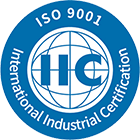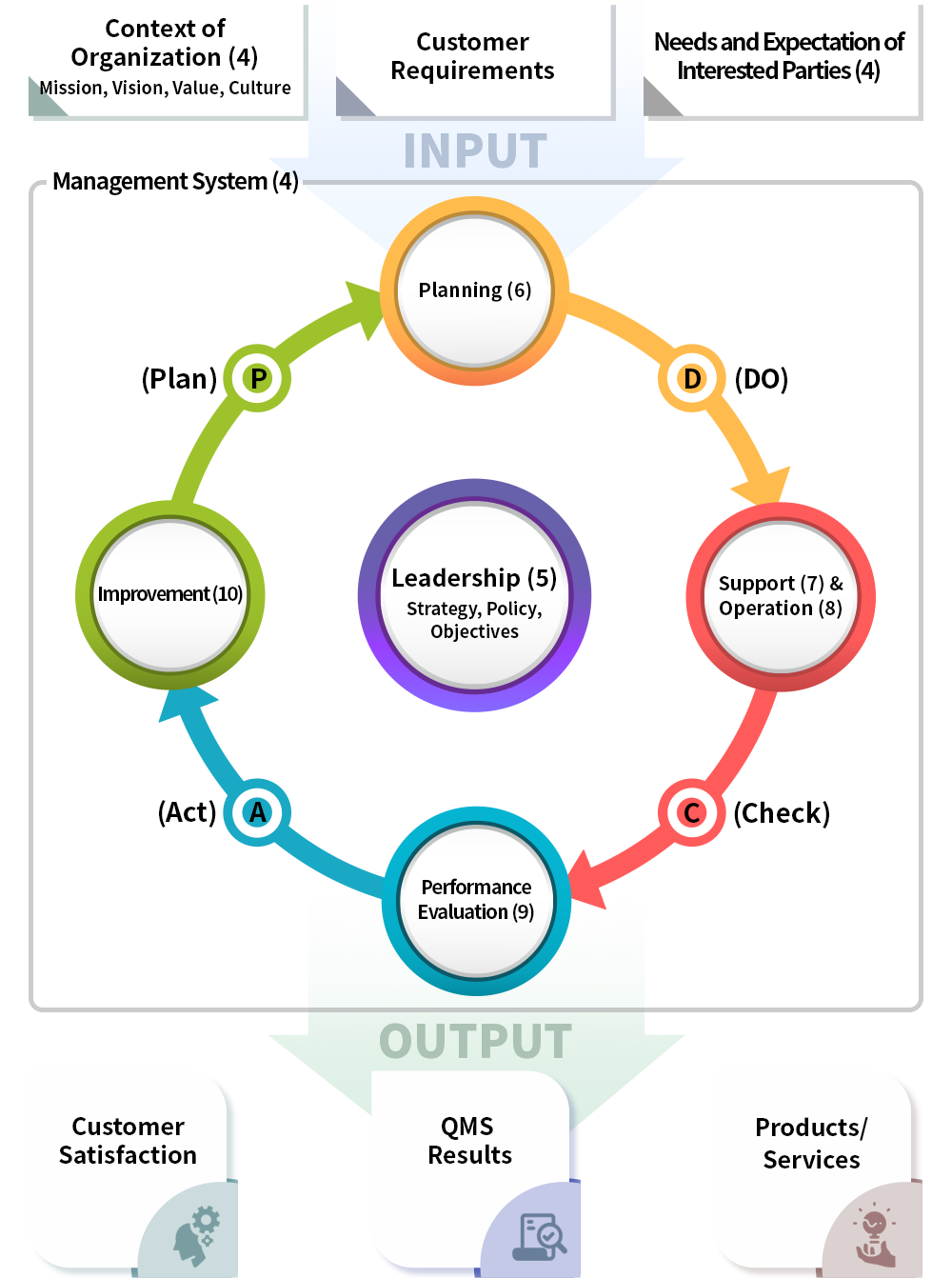ISO 9001

(1) Background
The certification system of ISO 9001 is to evaluate the supplier’s quality management system and approve the certification whether it is in compliance with the ISO 9001 International Standard requirements. This system is applicable to all industrial areas such as production, construction, public administration service, finance and more. This standard is maintained by TC 176 (Technical Committee), whose members have been experienced in the various industries. It is revised and reinforced periodically. In the past, the second (1994), the third (2000) and fourth (2008) revisions were used after the first publication in 1987. Currently, the fifth revision (2015) published on 15 September 2015 is applicable and still used as a national standard in many countries. In basicea, it is controlled as KS Q 9000 series.
(2) Benefits of ISO 9001 Certification
- Enhancing global competitive edge on product and service.
- Reducing defective product and customer claim.
- Increasing customer satisfaction and reliability.
- Improving work performance and increasing in sales.
(3) Extended Model of a Process-basis

(4) Interested Parties, Needs and Expectations
| Interested Party | Needs and Expectations |
|---|---|
| Customers | Quality, price and delivery performance of products |
| Owners/shareholders | Sustained profitability, Transparency |
| People in organization | Job security, Recognition and reward |
| Suppliers and partners | Mutual benefits and continuity |
| Society | Environmental protection, Ethical behavior, Compliance with statutory and regulatory requirements |


